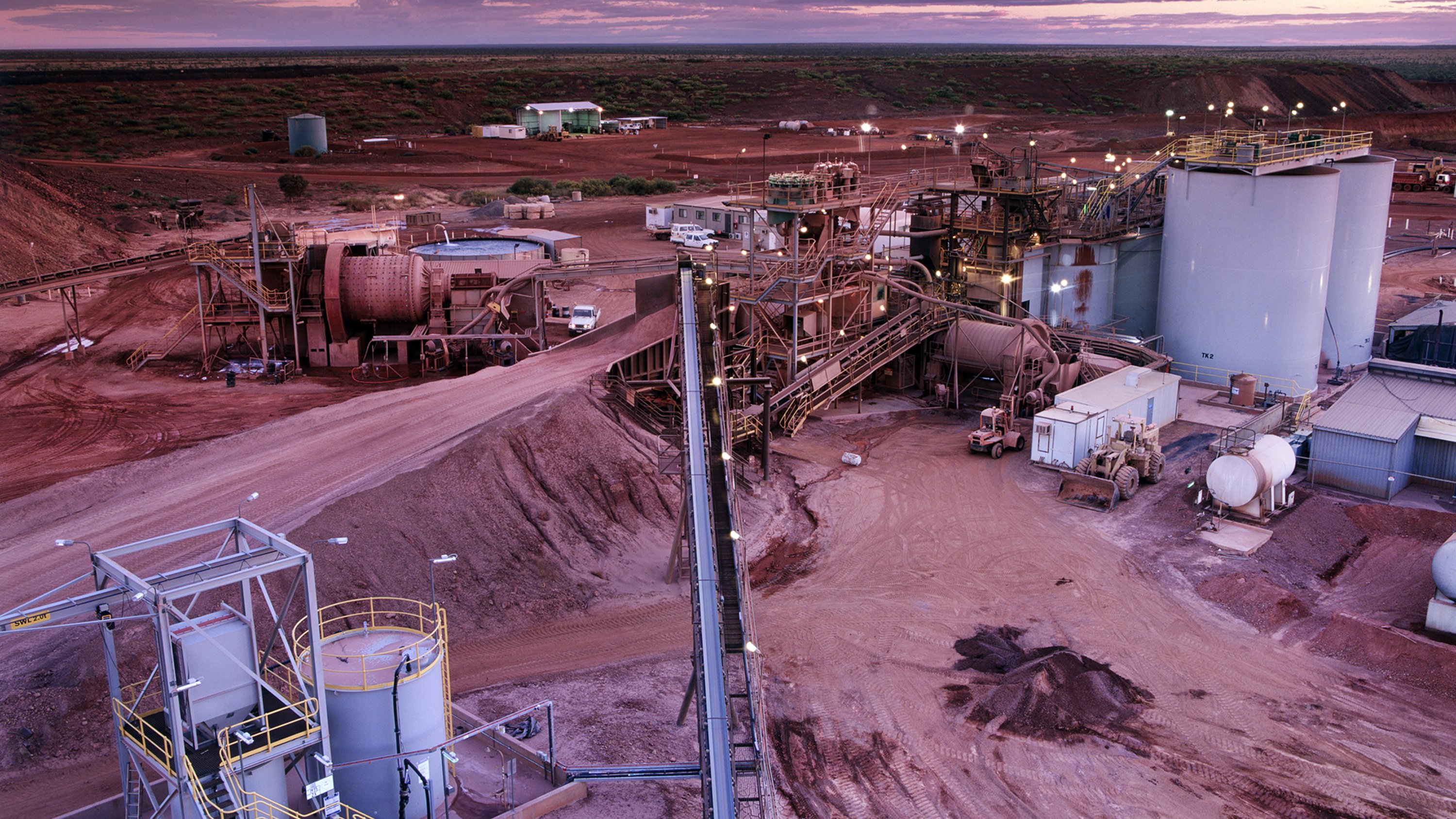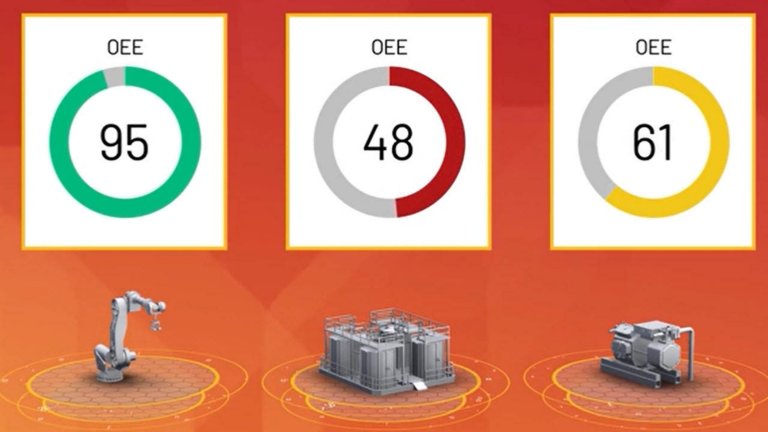Recommended For You
As a frontrunner in sustainable minerals processing technologies, Helsinki-based Metso works with complex industrial customers across the globe.
Aggregates, mining, metals refining and recycling customers all rely on Metso for equipment, technology and services that improve production processes and reduce risk.
Within mining, one long-term goal is to shift to complete autonomous operations. But to get there, Metso recognized that organizations must start with the basics, creating IIoT-driven connectivity and visibility for predictive maintenance and asset optimization.
Identifying areas of opportunity
Compared to similar industries like oil and gas, mining has traditionally been plagued by low utilization of fixed assets, poor energy efficiency and high levels of downtime. This has required a less efficient hands-on approach using on-site workers for equipment and systems monitoring, maintenance and reporting.
Metso set out to help mines move closer to the goal of autonomous mining by creating an IIoT-driven solution for predictive maintenance and asset optimization for minerals processing equipment. The result, Metso Metrics for Mining, helps achieve consistently high productivity from existing assets and helps avoid costly equipment failure and downtime.
Metso Metrics addresses the low overall equipment effectiveness (OEE) of minerals processing equipment by reducing unplanned downtime and improving the predictability and accuracy of maintenance activities. It also optimizes performance of equipment leading to improved operational and energy efficiency.
Leveraging the power of artificial and human intelligence
Metso Metrics works by connecting with PLCs and IIoT devices on critical equipment. It collects data from equipment sensors and sends it securely into the cloud. It then runs advanced AI algorithms on the data to detect new or known failure patterns and alerts managers when the data indicates a potential problem.
At one Australian mine site for iron ore, Metso Metrics looks for known failure patterns and anomalies in the data on the mine’s crushers, helping them predict incidents, proactively apply maintenance and avoid downtime.
“We’ve developed algorithms for multiple subsystems for this customer including the drive and hydraulic system, and we are tracking data on vibration patterns, oil filter and bushing health,” said Jani Puroranta, chief digital officer, Metso. “In one case, the vibration patterns indicated a problematic pattern in one specific area of the crusher. When our services team asked the on-site maintenance team to evaluate, they found an easy-to-fix loosened structure. Had this not been flagged and fixed, it had the potential to cause a catastrophic event, with potential costs of more than $1 million.”
Each of the machine algorithms is trained for 4-6 weeks on the specific machine behaviors to set a foundation for optimal performance. Then in live mode, they monitor 24/7 to detect and forecast potential failures or concerns.
These remote teams in Santiago, Chile, and Changsha, China, look at signals coming in from machines, and interpret data to help guide customer action and provide counsel on performance optimization – even when no issues are detected. They are responsible for managing cases that require immediate action and coordinate maintenance with local on-site teams. Metso subject matter experts also use the information to support customers remotely from Metso offices across the world.
Successes to date
Early estimates and installations indicate that the biggest benefit for mineral processing plants comes from avoiding incidents and related maintenance costs, including the cost of downtime.
More than 10 mines worldwide are already using Metso Metrics and have connected more than 1,000 pieces of IIoT equipment. Several cases of early indicators have proven to avoid hundreds of thousands of dollars in costs. And while there is investment required to set up an IIoT-enabled predictive maintenance and asset optimization system, customers can see immediate results.
For customers, Metso Metrics also offers indirect benefits. As Metso develops and launches new equipment models, data coming through the analytics is being used by Metso engineers to monitor performance of new designs in actual field conditions. The designs can then be improved based on the input to create smarter, more efficient equipment that will further benefit operations in the future.
“The information we are collecting provides invaluable insights about how customers are using our machines in the field and gives us insights that our R&D teams use to create new models more quickly, allowing us to get them to market faster,” Puroranta said.
Published December 2, 2020





